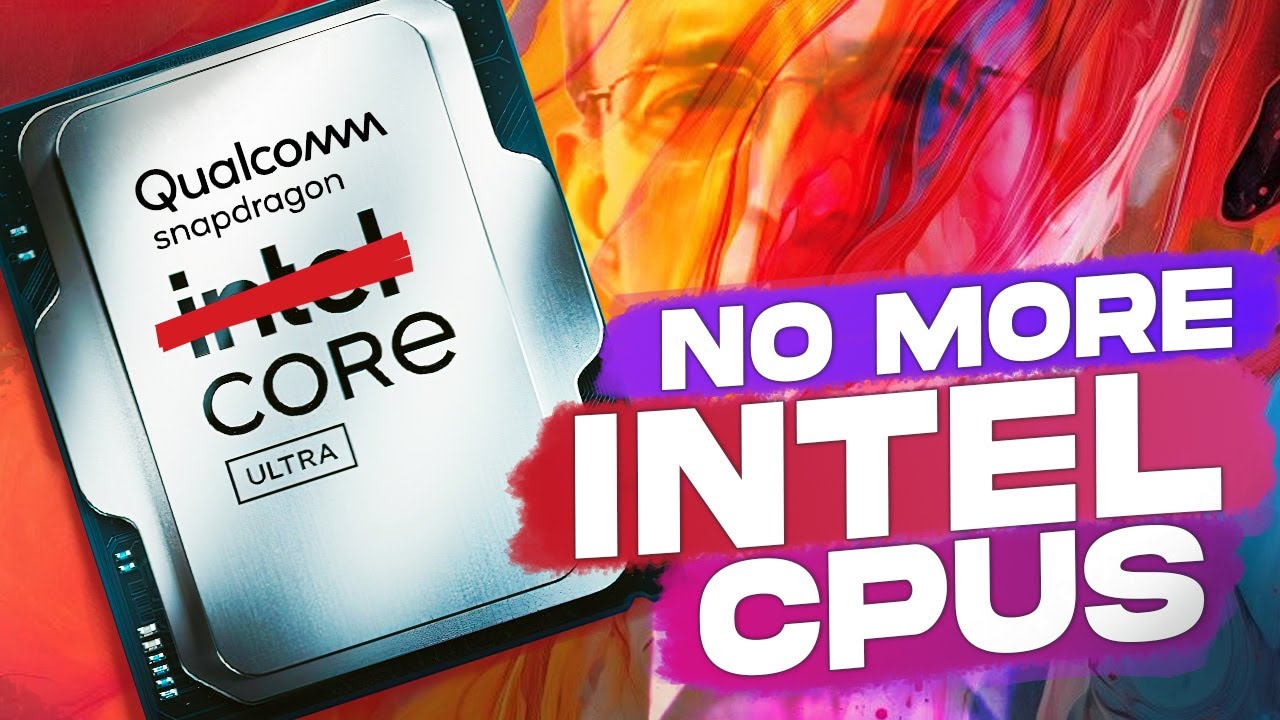The video discusses the potential acquisition of Intel by Qualcomm amid Intel’s significant financial losses and competitive pressures from Nvidia and AMD, highlighting the implications for the semiconductor industry and regulatory challenges. It suggests that such a merger could shift focus from x86 architecture to ARM-based solutions, potentially reshaping the market and impacting AMD’s position.
The video discusses the recent developments surrounding Intel’s financial performance and the potential acquisition by Qualcomm. Intel reported a third-quarter revenue of $13.3 billion, marking a 4% increase from the previous quarter, but faced a significant net loss of $16.6 billion due to inventory write-offs and restructuring. This loss is the largest in the company’s history, raising concerns about its recovery trajectory. The video highlights that while Intel is showing signs of recovery, it remains under pressure from competitors like Nvidia and AMD, and its stock performance has been poor, making it a potential target for acquisition.
Qualcomm’s interest in acquiring Intel is explored, particularly in light of the upcoming U.S. elections, which could influence regulatory attitudes toward such a merger. The video suggests that if Vice President Kamala Harris wins, restrictions on chip sales to China may tighten, complicating Qualcomm’s potential acquisition. Conversely, if Donald Trump wins, there may be a shift in policy that could favor Qualcomm’s interests. The video emphasizes that Qualcomm is primarily interested in Intel’s client PC business and its intellectual property, rather than its foundry operations.
The discussion also touches on the implications of a Qualcomm-Intel merger for the semiconductor industry. If Qualcomm were to acquire Intel’s PC business, it could lead to a significant shift in focus from x86 architecture to ARM-based solutions, aligning with Qualcomm’s strategy to expand in the PC market. The video speculates that Qualcomm might phase out Intel’s x86 products in favor of developing ARM-based chips, which could reshape the competitive landscape, particularly affecting AMD.
Regulatory challenges are highlighted as a significant factor in the potential acquisition. The video argues that while regulators previously blocked Nvidia’s acquisition of ARM, Qualcomm’s approach may differ since it seeks only a portion of Intel’s business. Qualcomm could reassure regulators about maintaining x86 support while gradually shifting resources toward ARM development. This strategic maneuvering could undermine AMD’s position in the market, as Qualcomm could effectively eliminate competition in the x86 space.
In conclusion, the video presents a complex picture of Intel’s future, influenced by political dynamics and market competition. It suggests that the U.S. government’s stance on semiconductor support will play a crucial role in determining Intel’s fate. The speaker expresses skepticism about the long-term viability of Intel as a standalone entity, suggesting that a merger with Qualcomm could be a strategic move to ensure its survival in a rapidly evolving industry. The video invites viewers to engage in discussions about these developments and their implications for the tech landscape.
